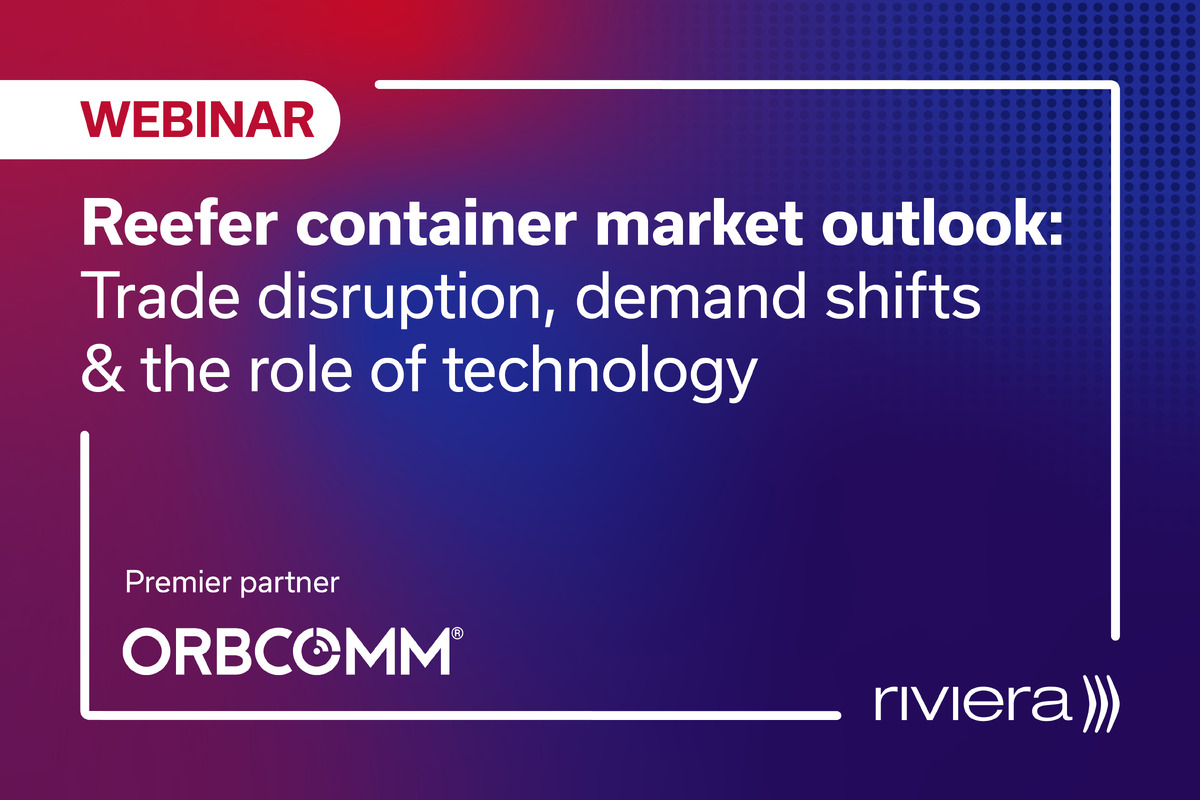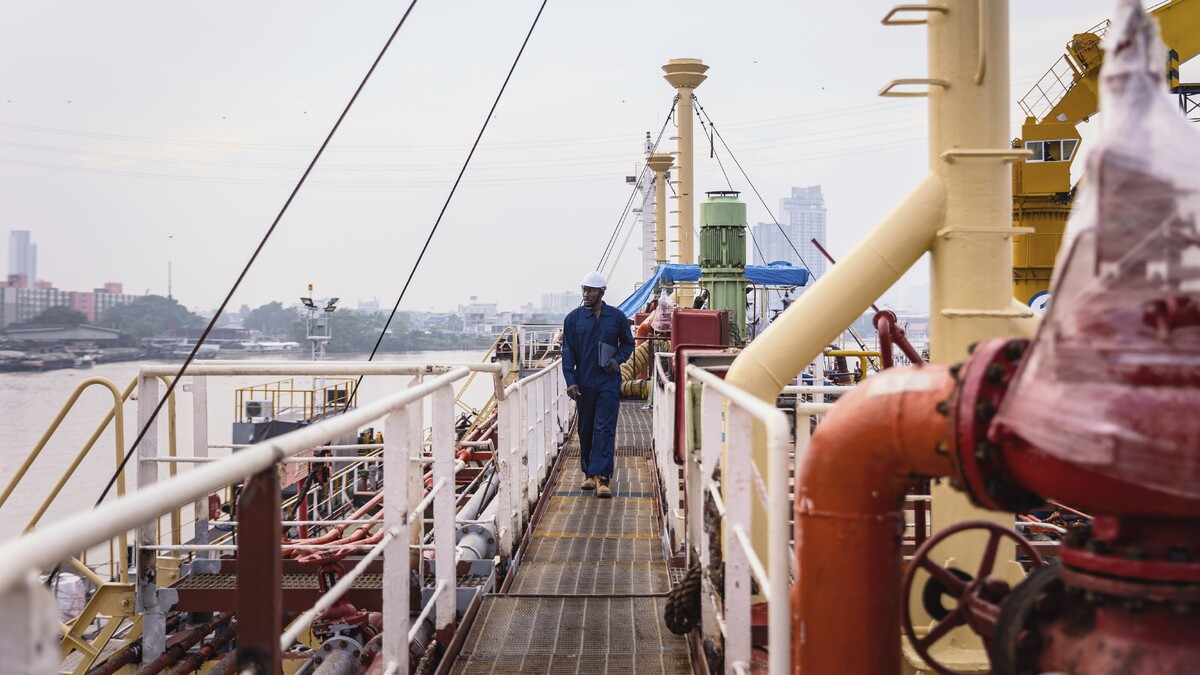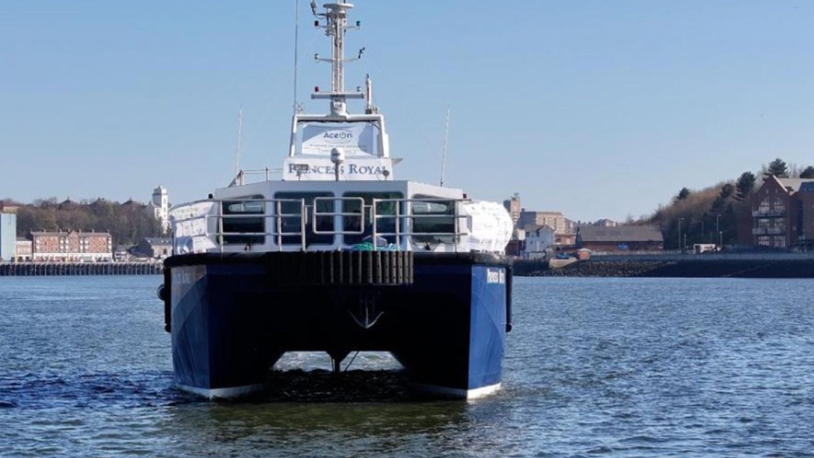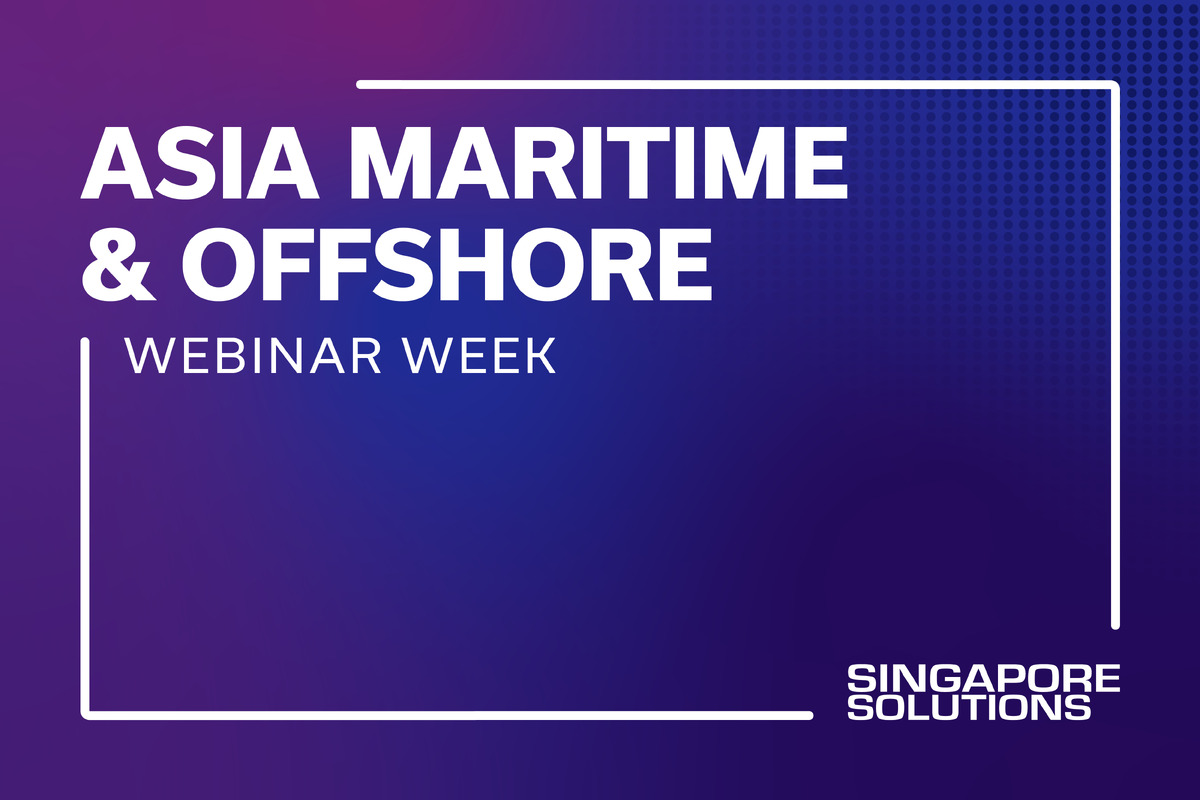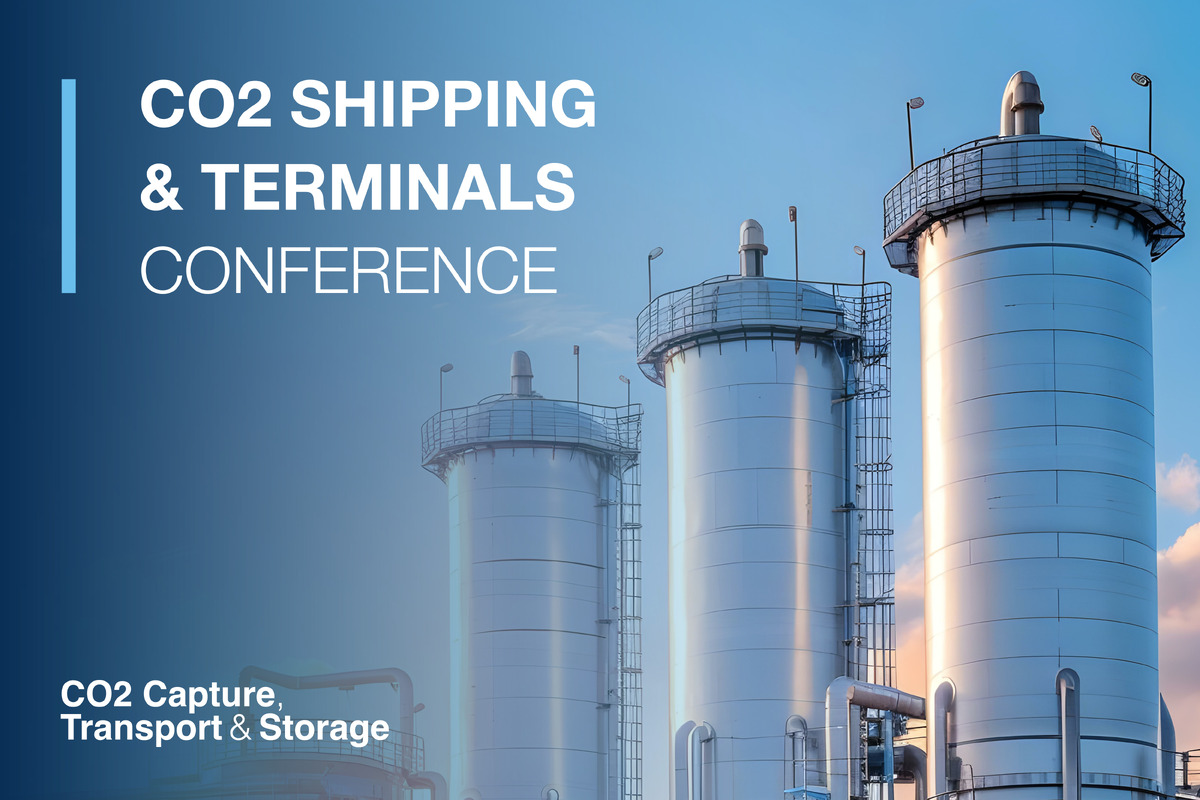Business Sectors
Contents
Paying for fuel in cash-strapped times
Reducing fuel consumption and cost is a key driver of technology innovation in shipping at present. It is a response both to new regulations on emissions and the high cost of fuel. As this publication shows, there are many longer-term ideas being developed for using different fuels and technology to achieve these aims. However, until those technologies are more widely available shipowners and operators must look at other ways of managing their fuel and lube bills.
Increases in fuel costs mean that this item can now account for 60 per cent or more of a vessel’s operating costs. The increases are pressing heavily on company finances at a time when freight and charter rates have been depressed in most sectors for some time. It is no surprise, therefore, that some operators are running into trouble finding the cash to pay for fuel, while suppliers must devise ways of ensuring that they get paid for the fuel they supply.
In mid-April the price for heavy fuel oil in the two leading global bunkering ports that generally have the lowest prices was US$585 per tonne in Rotterdam and US$615 in Singapore. The average price globally in the first quarter was about US$635. This is lower than the peak of US$744 in Singapore in March 2012, and prices have fallen slightly since the first quarter 2013 due to lower international crude oil prices. That said, these rates impose a significant burden on cash-strapped operators. Fuel consumption of 50 tonnes a day at US$600 incurs a daily fuel cost of US$30,000. Taking a bunker delivery of 1,000 tonnes requires an outlay of US$600,000.
As more emission control areas (ECAs) are introduced owners must switch to low sulphur distillates, which carry an even higher price. In mid-April MGO with 0.1 per cent sulphur content cost US$818 per tonne in Rotterdam and US$835 in Singapore. In Rotterdam this represents a premium over HFO of 40 per cent. In some ports in other parts of the world the price has reached over US$1,000. As demand for distillate fuel rises, that price is likely to go higher in the future, especially in 2015 when the 0.1 per cent limit comes into effect in the north Europe ECA, imposing an even greater cost on operators.
It is no surprise, therefore, that some owners are running into cash-flow problems paying for fuel. There has been an increase in late payment and reported ship arrests due to non-payment of bunker bills as suppliers get tougher and seek to ensure that they get paid, as well as sending a warning to others unable to pay or tempted to delay payments. In Singapore in particular there has been an increase in reported ship arrests. Unless owners are in such desperate straits that they do not have the money to pay, delaying payments for fuel can prove counterproductive as any delay or arrest for non-payment is likely to prove even more costly, according to a marine lawyer. The legal position regarding arresting vessels for non-payment of bunkers and the ability to impose a maritime lien varies under different jurisdictions.
Analysis by the Boston Consulting Group expects that bunker prices, which depend on crude oil prices, will be volatile in the short term but will not go down significantly. Prices for low sulphur fuel will only increase as environmental regulations come in over the next few years. The report suggests that operators adopt a holistic approach to managing fuel costs, through technology, and operational and voyage planning, but also that they look closely at how they procure bunkers through different types of purchasing agreements with suppliers. This can include benchmarking fuel prices and contracts, and looking at fuel consumption and procurement.
Bunker suppliers also face something of a dilemma. They want to maintain their business relationships with owners, while at the same time not taking undue risks that they will not get paid. As fuel prices have risen and more owners run into cash-flow problems, many suppliers have tightened their credit terms, reducing payment periods and in some cases demanding cash up front for fuel deliveries. They keep a close watch on the credit standings of their customers.
It is in the longer-term interests of suppliers to retain business and providing they are confident about the long-term security of clients, they are willing to consider different arrangements for payments and credit. Credit risk analysis and mitigation have become more important aspects of bunker suppliers’ business strategies and will become even more so in future as bunker prices, especially for low sulphur fuel, increase.
Bunker supplier OW Bunker said that the ability to offer owners credit solutions is just as important as fuel quality and service. Adrian Tolson, OW Bunker North America regional manager, physical division, said: “Owners need credit so as a supplier you have to be in a position to provide this.” But he added that suppliers have become more selective about who they offer credit to, because some shipping companies are less strong financially. Credit risk management assistance can also be useful to customers to help manage their exposure.
The global financial situation is also causing problems for suppliers, who need to retain capital reserves if they are to offer credit terms to ship operators purchasing fuel. Mr Tolson suggested that this financial pressure could lead to consolidation among bunker suppliers, as weaker companies are less able to compete. “Financing and the cost of counter-party analysis has become more and more difficult. Credit cannot be done on the back of an envelope any more, so there is no question that consolidation will continue.”
Bunker suppliers can insure against credit risk but those costs have also risen and with many suppliers operating on small margins and limited cash flow, these burdens make life more difficult. Credit management has become a crucial task for bunker supply companies. However, it is not always easy to obtain credit information about private shipping companies. Trust between supplier and customer is vital. If the purchaser is new to the supplier then the supplier will be even more cautious and likely to demand cash on delivery, or some form of security. It can get more complicated if there is a chain of bunker traders involved.
The ultimate sanction of arresting ships for non-payment of bunker costs is not straightforward. Shipping companies may have other debts that the bunker supplier is unaware of that might take priority over bunker payments, meaning that the supplier never gets its money. In many cases suppliers opt to continue supplying fuel on tight credit terms to companies in trouble in the belief that they will be able to trade their way out of trouble. But it is a risk that has to be gauged carefully.
Depending on the perceived creditworthiness of customers, suppliers will offer credit terms of up to 45 days, but 30 days is more common. There is an increasing preference on the part of suppliers to require letters of credit from banks to provide additional security.
From a shipping company perspective, they seek to reduce the risk from sudden increases in fuel prices. One way of doing this is through hedging or other types of derivatives such as swaps, but this is a calculated risk. They could lose out if prices fall.
One approach is for a simple fixed price swap based on an agreed bunker price index. This fixes the operator’s fuel price for a specified period whatever the spot price is at that time. The agreement can be made more flexible, and complex, by adding various types of options, with caps and other provisions.
Cockett Marine Oil Group, for example, offers hedging arrangements for marine fuel using both derivatives and fixed price agreements through an agreement with Vitol. These agreements can apply for specific bunker stems, for particular ports or regions and for specific periods. OW Risk Management also offers fixed price agreements. FMFL
Related to this Story
MOL’s Takeshi Hashimoto: decarbonised fuels to be used in combination
Events
Reefer container market outlook: Trade disruption, demand shifts & the role of technology
Asia Maritime & Offshore Webinar Week 2025
Marine Lubricants Webinar Week 2025
CO2 Shipping & Terminals Conference 2025
© 2024 Riviera Maritime Media Ltd.
